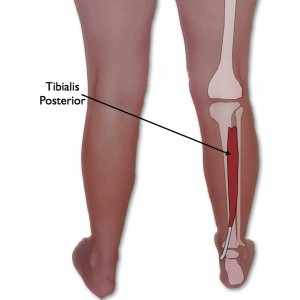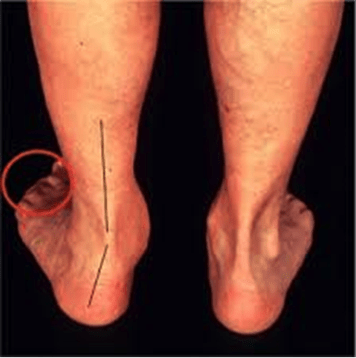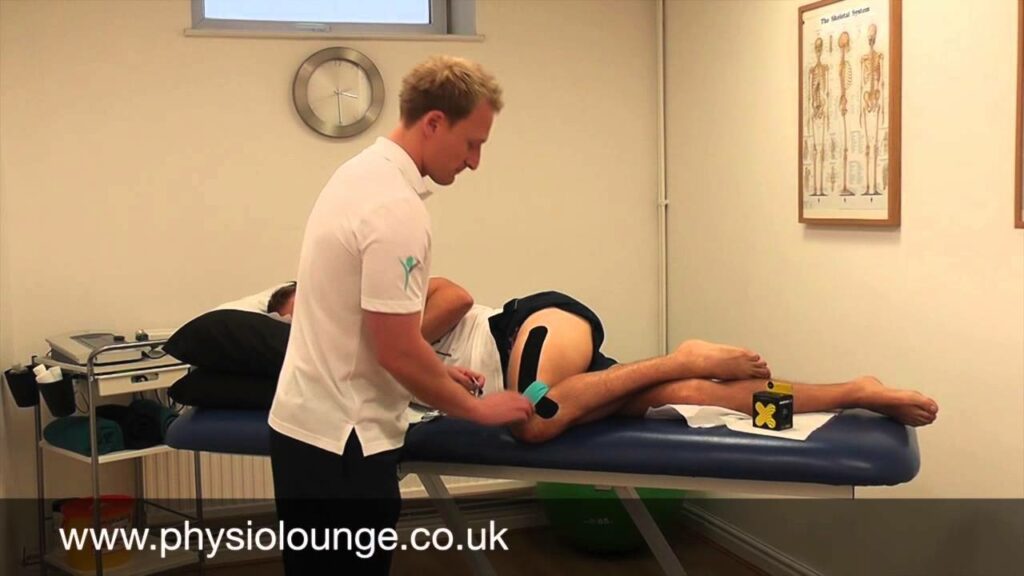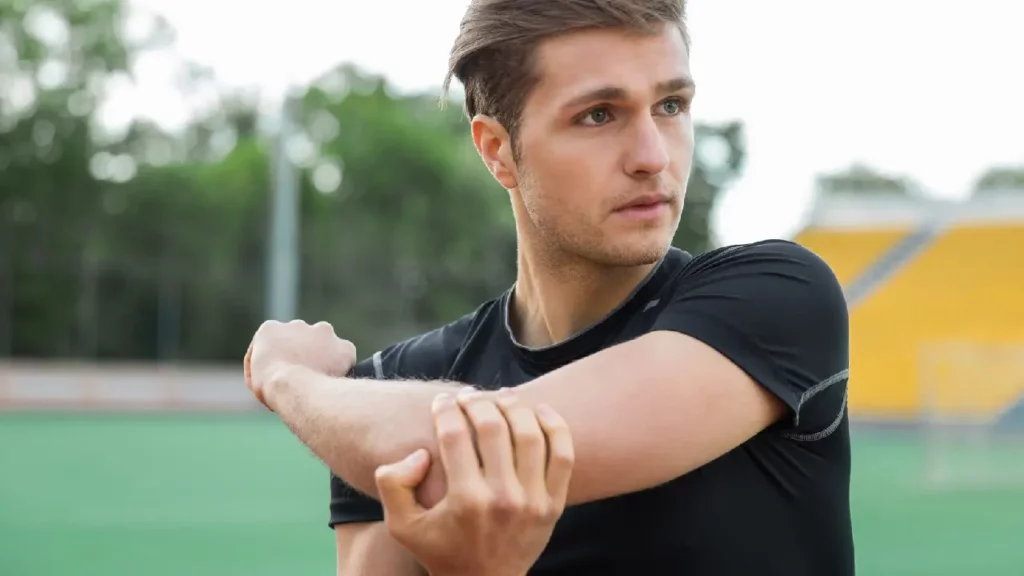The tibialis posterior muscle is sometimes referred to as the “King of the Arch” and with good reason. When it comes to supporting the arch on the inside of your foot it does a lot of the “heavy lifting.” Unfortunately it sometimes ends up being overworked and injured leaving you with…
“Tibialis Posterior Tendon Dysfunction” aka “Posterior Tibial Tendon Dysfunction” aka “PTTD” (it goes by a lot of names).
What is the tibialis posterior tendon?

The “tib post” is a relatively small muscle, kind of sandwiched between your other more “A-list” calf muscles that hog the spotlight, like your gastrocneumius and soleus. It starts up on the back of your shin bones (tibia and fibula) and courses down and around the bony bit on the inside of your ankle before inserting into 9 points on the base of the foot. It works to maintain the arch of the foot and to slow down and control ‘pronation’ (a normal motion where the arch rolls down to absorb shock and conform to the surface you’re walking or running on).
How Do I Know if I have PTTD?
- Localised pain and swelling behind the bone on the inside of your ankle.
- Weakness – you find it difficult to pull off a single leg calf raise without pain and/or weakness compared to the unaffected side.
- Change in foot posture – you might notice your arch collapsing potentially leading to the “too many toes” sign and a flat foot (see image below).

What causes it?
While two people may have the same injury, the causes often vary from person to person. This is why having a thorough physiotherapy assessment is really important, because understanding the history and training load allows us to better identify the underlying cause. Then when it comes to treatment it’s not just a case of alleviating symptoms but rather addressing the root cause so it’s solved long term.
With a condition like this, that is a gradual onset (it doesn’t tend to just suddenly pop up out of nowhere) it’s often down to one of the following:
- Overuse – Maybe you’ve started training for a marathon or a 10km and your training volume has suddenly gone through the roof, maybe you’ve come back from a prolonged period off and tried to jump back where you left off.
- Change in footwear – In a similar fashion to suddenly changing your training, a sudden change in your footwear can make your tib post tendon unhappy. Often this is associated with folks having a pretty sizeable heel-toe drop and then changing suddenly to minimalist footwear. Your calf muscles (tib post including) get stretched more, aren’t able to oblige and end up getting painful.
- Biomechanics – Often “where the pain is, the problem ain’t” and your ability to maintain optimal alignment and positions during functional activities is crucial to preventing tissue overload and injury. Poor hip/pelvic stability leading to your knee caving in might seem a million miles away from your foot, but it’s a really common finding we encounter that leads to the foot muscles becoming overloaded and grumpy.
- Limited flexibility – If you have tight calf muscles and they’re restricting normal ankle range of motion, this could spell trouble for your tib post. Your ankle is forced to collapse the arch down more to get around the calf tightness and ends up increasing stress on your tibialis posterior tendon.
How can Physiotherapy help?
- Accurate Diagnosis
- Taping
- Orthotics
- Specific Rehab Program
- Manual Therapy
- Advice/Education
- Activity Modification
Evidence
Kuldig et al (2009) investigated a bunch of typical treatments for tibialis posterior tendinopathy, everything from physio and orthotics to stretching and strengthening exercises. The take home end result of this study? There’s a place for all of these modalities but used as an ensemble. The study compared groups using the different methods and found that orthotics + stretching + progressive loading exercises yielded the best improvements in pain and function after a 12 week program.
Wrap Up
So there you have it folks, a little low down on PTTD or whatever you want to refer to it by, now that you know all the fancy names! As always if in doubt give us a shout. We’re here to help and walk you through the process from diagnosis to back in business.
Request a Callback Book Online
References
Kulig, K., Lederhaus, E. S., Reischl, S., Arya, S., & Bashford, G. (2009). Effect of eccentric exercise program for early tibialis posterior tendinopathy. Foot & ankle international, 30(9), 877-885.



